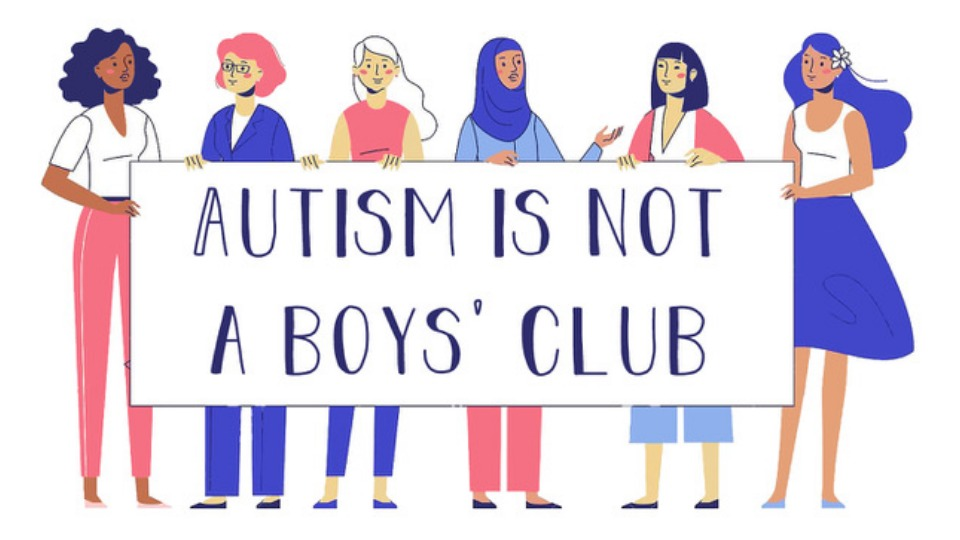What Autism Really Looks Like — and Why It’s Often Missed in Women
- Madison Gilbert

- Aug 25, 2025
- 3 min read
Updated: Aug 26, 2025

Originally shared on Facebook for World Autism Awareness Day, I wanted to bring this post here to highlight not only the message, but also my approach to creating thoughtful, well-researched content. While I am not autistic myself, I do have ADHD, and I felt it was important to reflect on the connections between ADHD and autism, raise awareness, and share resources for learning more. This piece demonstrates how I blend personal perspective with credible sources to create content that informs, engages, and connects with a specific audience — the same care and strategy I bring to client projects.
April 2nd is World Autism Awareness Day.
While I am not autistic myself, I was diagnosed with ADHD in my 20s — an experience that was both freeing and eye-opening, giving me a clearer understanding of my own challenges and strengths. Because autism and ADHD are closely linked, I wanted to use this day not only to highlight autism awareness, but also to reflect on how these conditions overlap, especially for those assigned female at birth.
What is Autism?
Autism, often referred to as ASD (Autism Spectrum Disorder), is a developmental condition that affects how people experience the world and interact with others. You may also hear the term Asperger’s, which now falls under the broader autism spectrum and is no longer used as a separate diagnosis.
As of 2025, there is no single identified cause for autism. Research suggests it is largely genetic, though not directly inherited in a simple way — a parent with autism may or may not have a child who is autistic.
The word spectrum is important. Autism can present in many different ways and at varying levels of support needs. Some individuals may not even realize they are autistic, while others may require full-time care. Autism can also co-occur with other conditions such as ADHD and dyslexia.
Why Diagnosis Is More Difficult for Women
Autism and ADHD can be much harder to recognize in those assigned female at birth. Symptoms often present differently — sometimes more subtle, sometimes masked — and because of this, they’re more easily overlooked, especially when outward behavioral challenges are less obvious.
Traditionally, boys have been considered four times more likely to receive an autism diagnosis than girls. But experts now believe autism is significantly underdiagnosed in women and girls. Recent research suggests that nearly 80% of autistic females remain undiagnosed by age 18. Many are misdiagnosed with conditions such as borderline personality disorder, eating disorders, bipolar disorder, or anxiety instead.
Why Diagnosis Matters
Without an accurate diagnosis, autistic women often lack the understanding and support that can make daily life safer and healthier. This gap can lead to higher rates of victimization and worsening mental health challenges.
Research shows that autistic females are at three times the risk of coercive sexual victimization compared to their neurotypical peers. They also tend to have less access to accurate sexual education and experience higher rates of trauma. A recent study even found a strong association between autistic traits, childhood abuse, and PTSD — underscoring just how critical proper diagnosis and support can be.
Moving Beyond Misconceptions
Saying “Everyone is a little on the spectrum” is like telling someone who needs glasses, “Everyone’s vision is a little blurry sometimes.” Maybe so — but not everyone struggles to see the world clearly every moment of every day, or needs support to navigate it.
The Bigger Picture
Women’s health — including mental health — is an area where society has historically fallen behind. But as research continues, we’re learning more than ever before about autism, ADHD, and how they affect people differently. That knowledge opens the door to better understanding, better support, and, ultimately, better lives.
Further Reading
Curious to dig deeper? Below are some of the articles and research I drew from.









Comments